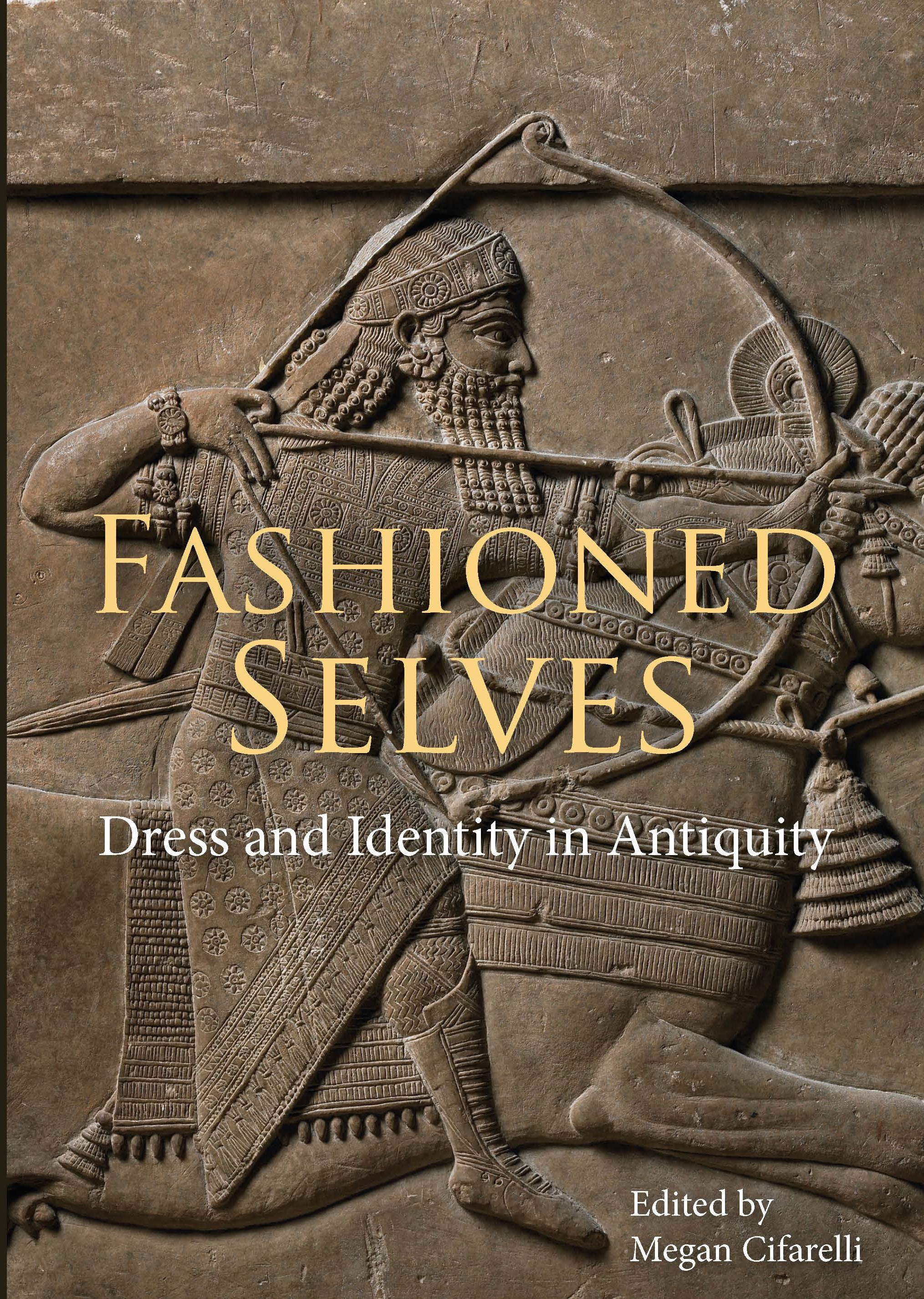Male dress habits in Roman period Palmyra
New publication by Professor Rubina Raja and former UrbNet Visiting Professor Maura Heyn (University of North Carolina - Greensboro).

Heyn, M. & Raja, R. (2019) "Male dress habits in Roman period Palmyra" in Cifarelli, M. (ed.), Fashioned Selves: Dress and Identity in Antiquity, Oxford - Philadelphia, 41-53.
Abstract
Palmyra, ancient Tadmor, was in the first three centuries CE a flourishing trade node in the Roman Empire. Situated as the last stop on the Silk Road, camel caravans were reloaded onto donkey caravans, and then went on to the areas west of Palmyra. Although having been under Hellenistic influences for centuries, the region displays little tangible evidence of exactly how such influence impacted the societies in the region. With Pompey’s conquest in the 60s BCE, the region became under firm Roman control, and local societies responded to this interaction.
This contribution looks at the material evidence from Palmyra from the period between the 1st century CE and the late 3rd century CE in order to gauge the way in which Palmyrene men were represented in the Palmyrene art. Most evidence stems from the funerary sphere, since the public and religious statuary largely has disappeared over the centuries. This paper considers the ways in which local and foreign clothing traditions impacted Palmyrene society and shaped the expression of male identities in this oasis city.
